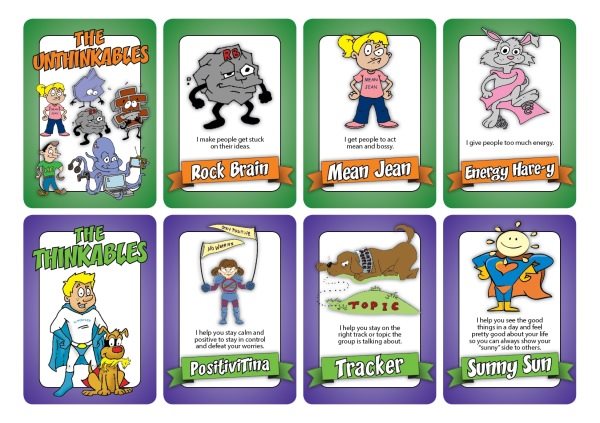I met AJ in April 2014, a mere 6 months ago. His story makes me realize why I do what I do, day in and day out. When I met AJ, he was 9 years old. He had a diagnosis of Autism. His family had relocated from India to Orange County a few months prior to our meeting. His mother later told me that they had made the move specifically because she wanted AJ to receive P.R.O.M.P.T therapy. His mother also revealed how AJ had been through no less than twelve speech therapists, several ABA therapists, and a few occupational therapists. They had also tried Neuro-Feedback therapy; several detox programs, and nutritional supplements, all in the hope that they would help with speech production. After all those setbacks and disappointments, it still amazes me that this family decided to move across the world to try another program. But I guess hope is a crazy thing.
During the initial evaluation, I realized that AJ was truly non-verbal. There were no vocalizations on demand. When asked to say “ah,” he would open his mouth, but there was no sound. He could imitate some lip movements with tactile prompts and cues, but again, without any vocalizations. He did spontaneously babble labial sounds like /baba/ and /mama/, but there was no intentional speech. I realized that at age 9, with little to no progress after years of speech therapy sessions, the odds were stacked against us. When I tried to explain this to his mother, she was quick to respond, “But it can’t hurt to try, right?” I knew then, I had to at least try. P.R.O.M.P.T therapy with tactile cues, in combination with Sara Johnson’s TalkTools® was definitely the way to go.
I saw AJ once a week for 45-minute sessions. His mother would sit through each session, carefully taking notes about the activities and target sounds and words. She would then practice all the activities each day during the week. This video is proof of AJ tremendous progress and his mother’s singular dedication. It was taken after merely 25 sessions of P.R.O.M.P.T. therapy. While there is clearly a long way to go, his incredible achievement so far, makes the future look bright and positive.

